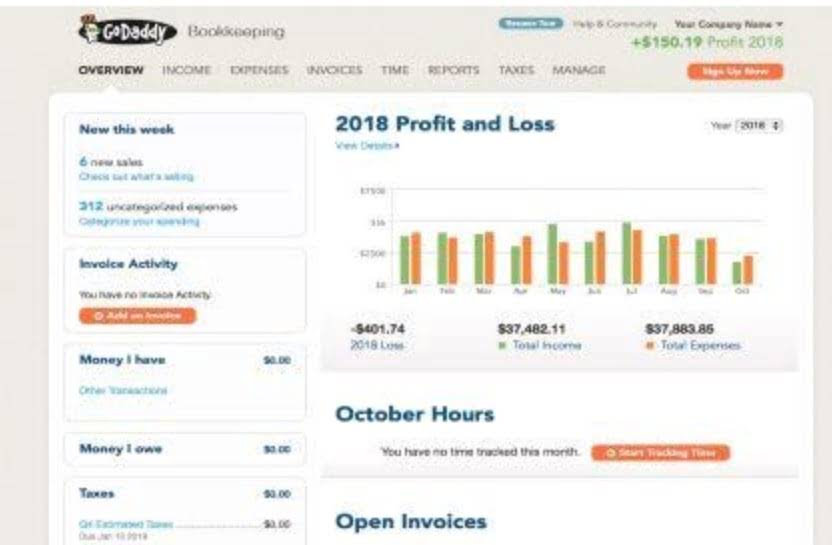
The Company returned approximately $261 million to stockholders during first half of 2024 through dividends and share repurchase activity. During the second quarter, the Company repurchased approximately 2.4%, or approximately 7.2 million shares of its common stock outstanding, for $200 million. Regular dividends of approximately $31 million and $30 million were paid in the first and second quarter, respectively. As a percentage of sales, operating expenses increased 240 basis points to 42.2%. Selling expenses increased $76.7 million or 24.3%, primarily due to higher global demand creation expenditures. General and administrative expenses increased $186.3 million or 14.5%, primarily driven by labor and increased facility costs, including rent and depreciation.
Find your net income (or loss) for the current period
- The Company’s second quarter 2024 Net Leverage Ratio was 2.9x compared to 3.0x in the prior year quarter.
- In fact, both management and the investors would want to retain earnings if they are aware that the company has profitable investment opportunities.
- Observing it over a period of time (for example, over five years) only indicates the trend of how much money a company is adding to retained earnings.
- To remove this tax benefit, some jurisdictions impose an “undistributed profits tax” on retained earnings of private companies, usually at the highest individual marginal tax rate.
- The $700 prior period correction is reported as an adjustment to beginning retained earnings, net of income taxes, as shown in Figure 14.14.
- As such, the statement of changes in equity is an explanatory statement.
In some cases, the corporation will use the cash from the retained earnings to reduce its liabilities. As a result, it is difficult to identify exactly where the retained earnings are presently. Retained earnings are an important part of accounting—and not just for linking your income statements with your balance sheets.
How Dividends Impact Retained Earnings
Both cash dividends and stock dividends result in a decrease in retained earnings. The effect of cash and stock dividends on the retained earnings has been explained in the sections below. These factors include customer acceptance of Zebra’s offerings and competitors’ offerings, and the potential effects of emerging technologies and changes in customer requirements.
- J.B. Maverick is an active trader, commodity futures broker, and stock market analyst 17+ years of experience, in addition to 10+ years of experience as a finance writer and book editor.
- Thus, if the company had a market value of $2 million before the stock dividend declaration, it’s market value still is $2 million after the stock dividend is declared.
- A dividend is a method of redistributing a company’s profits to shareholders as a reward for their investment.
- Due to the nature of double-entry accrual accounting, retained earnings do not represent surplus cash available to a company.
- Retained earnings (RE) are calculated by taking the beginning balance of RE and adding net income (or loss) and then subtracting out any dividends paid.
- In short, retained earnings are the cumulative total of earnings that have yet to be paid to shareholders.
- But retained earnings provides a longer view of how your business has earned, saved, and invested since day one.
Stay up to date on the latest accounting tips and training

Retained earnings are directly impacted by the same items that impact net income. These include revenues, cost of goods sold, operating expenses, and depreciation. On the other hand, though stock dividends do not lead to a cash outflow, the stock payment retained earnings is current liabilities transfers part of the retained earnings to common stock. For instance, if a company pays one share as a dividend for each share held by the investors, the price per share will reduce to half because the number of shares will essentially double.

For this reason, retained earnings decrease when a company either loses money or pays dividends and increase when new profits are created. Retained are part of your total assets, though—so you’ll include them alongside your other liabilities if you use the equation above. First, you have to figure out the fair market value (FMV) of the shares you’re distributing. Companies will also usually issue a percentage of all their stock as a dividend (i.e. a 5% stock dividend means you’re giving away 5% of the company’s equity). Sometimes when a company wants to reward its shareholders with a dividend without giving away any cash, it issues what’s called a stock dividend. This is just a dividend payment made in shares of a company, rather than cash.

Outstanding Shares
Retained earnings are the residual net profits after distributing dividends to the stockholders. Thus, retained earnings are the profits of your business that remain after the dividend payments have been made to the shareholders since its inception. So, each time your business makes a net profit, the retained earnings of your business increase. Likewise, a net loss leads to a decrease in the retained earnings of your business.
What is the approximate value of your cash savings and other investments?
Net income vs. gross profit
- Retained earnings provide a much clearer picture of your business’ financial health than net income can.
- An operating cycle, also referred to as the cash conversion cycle, is the time it takes a company to purchase inventory and convert it to cash from sales.
- Profits and profitability will be affected by Zebra’s ability to control manufacturing and operating costs.
- To illustrate, assume that on March 3, Clay Corporation’s board of directors appropriates $12,000 of its retained earnings for future expansion.
- Usually, these include special dividends that differ from the year-end allotments.






